As-found and as-left Documentation during Calibration
Calibration is the comparison of a measurement device (an unknown) against an equal or better standard. A standard in a measurement is considered the reference; it is the one in the comparison taken to be the more correct of the two. Calibration finds out how far the unknown is from the standard.
A “typical” commercial calibration uses the manufacturer’s calibration procedure and is performed with a reference standard at least four times more accurate than the instrument under test.
An important principle in calibration practice is to document every instrument’s calibration as it was found and as it was left after adjustments were made. The purpose for documenting both conditions is to make data available for calculating instrument drift over time. If only one of these conditions is documented during each calibration event, it will be difficult to determine how well an instrument is holding its calibration over long periods of time.
Excessive drift is often an indicator of impending failure, which is vital for any program of predictive maintenance or quality control. Typically, the format for documenting both As-Found and As-Left data is a simple table showing the points of calibration, the ideal instrument responses, the actual instrument responses, and the calculated error at each point.
Also Read : Instrument Zero and Span Calibration
The following table is an example for a pressure transmitter with a range of 0 to 200 PSI over a five-point scale:
The following photograph shows a single-point “As-Found” calibration report on a temperature indicating controller, showing the temperature of the calibration standard (−78.112 degrees Celsius), the display of the instrument under test (IUT, −79 degrees Celsius), and the error between the two (−0.888 degrees Celsius):
Note that the mathematical sign of the error is important. An instrument that registers −79 degrees when it should register −78.112 degrees exhibits a negative error, since its response is lower (i.e. more negative) than it should be.
Expressed mathematically: Error = IUT − Standard. When the error must be expressed in percentage of span, the formula becomes:
Calibration Terms
As found data : The reading of the instrument before it is adjusted.
As left data : The reading of the instrument after adjustment or “same as found,” if no adjustment was made.
Optimization : Adjusting a measuring instrument to make it more accurate is NOT part of a typical calibration and is frequently referred to as “optimizing” or “nominalizing” an instrument.
Out-of-tolerance (OOT) condition : When an instrument’s performance is outside its specifications, it is considered an outof- tolerance (OOT) condition, resulting in the need to adjust the instrument back into specification.
Limited calibration : It may be more cost effective to have a limited calibration when only certain functions of an instrument are not utilized by the user.
Test uncertainty ratio (TUR) : This is the ratio of the accuracy of the instrument under test compared to the accuracy of the reference standard.
Verification : Typically referring to a functional check or performing a comparison with an instrument not classified as a reference standard for the full measurement.
Measurement Uncertainty : Influences in the measurement causing uncertainty (%). Examples: temp., pressure., humidity, fittings etc.
MPE – Maximum Permissible Error : Tolerance allowed in process by the customer for determining whether or not an instrument passes or fails (instrument & process tolerance)
Example Calibration Record Sheet :
Credits : by Tony R. Kuphaldt – under Creative Commons Attribution 4.0 License

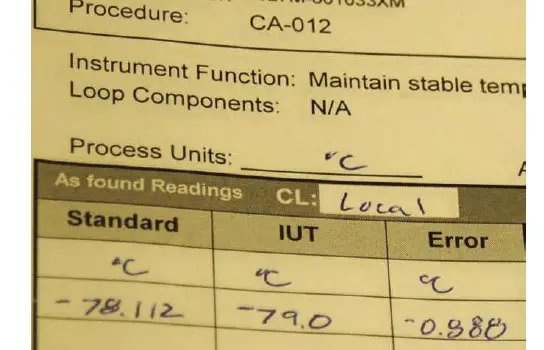

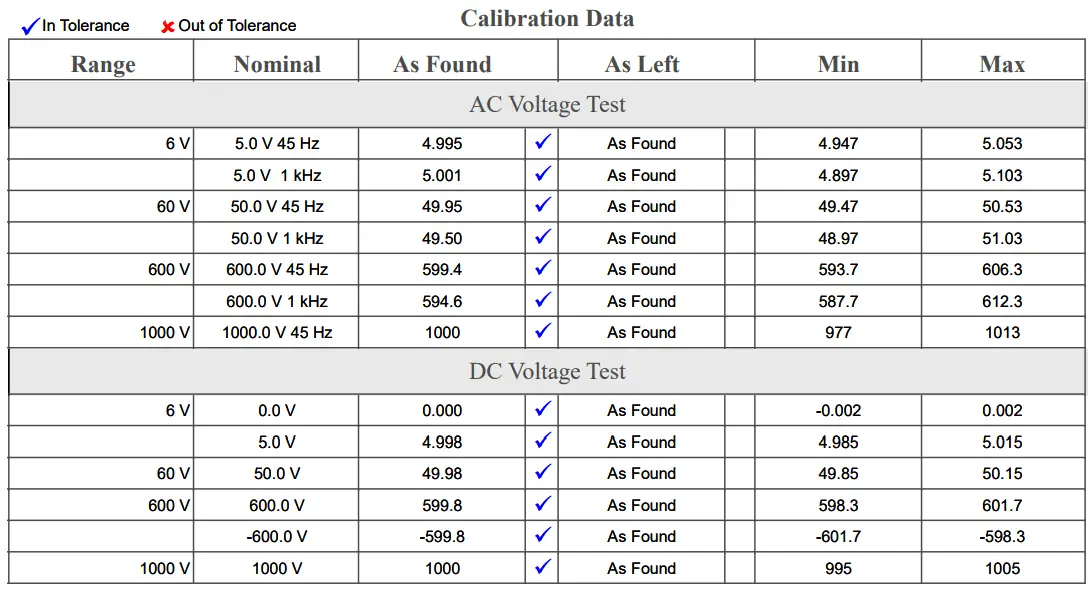
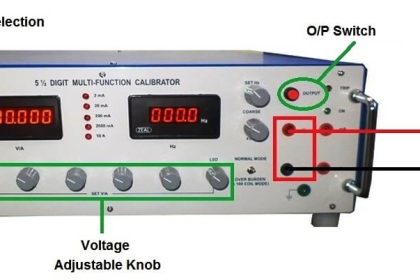
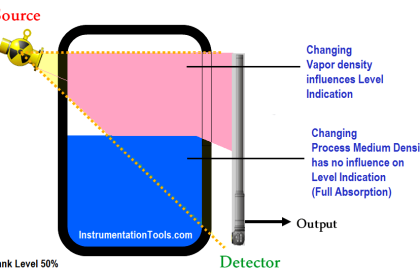

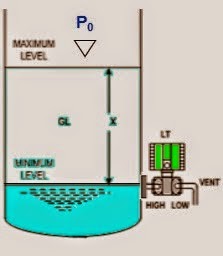
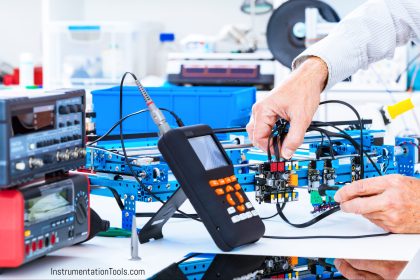
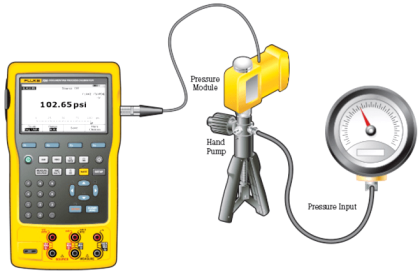

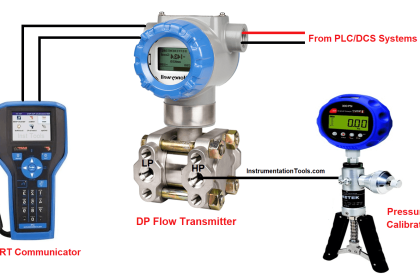
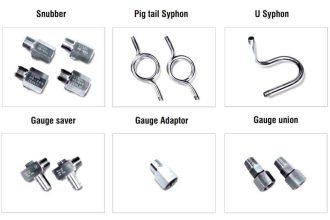

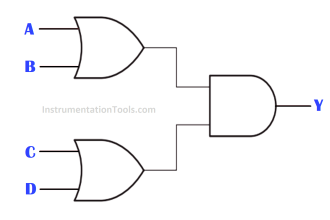
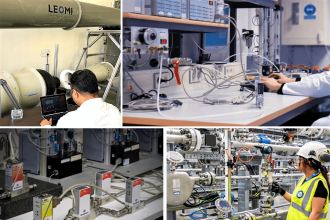

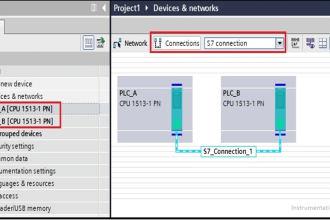
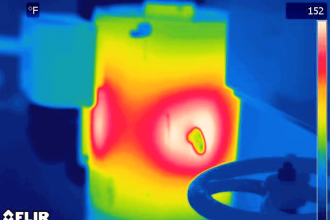


In the above Error for the temperature transmitter, that is not the % of Span error, only the difference between the IUT & Standard readings.
this is very good can you give me calibration procedure and record data such as flow transmitter instrument, pressure transmitter, level transmitter, DP transmitter, analyzer, sensor, selenoid Valve, MOV penstock